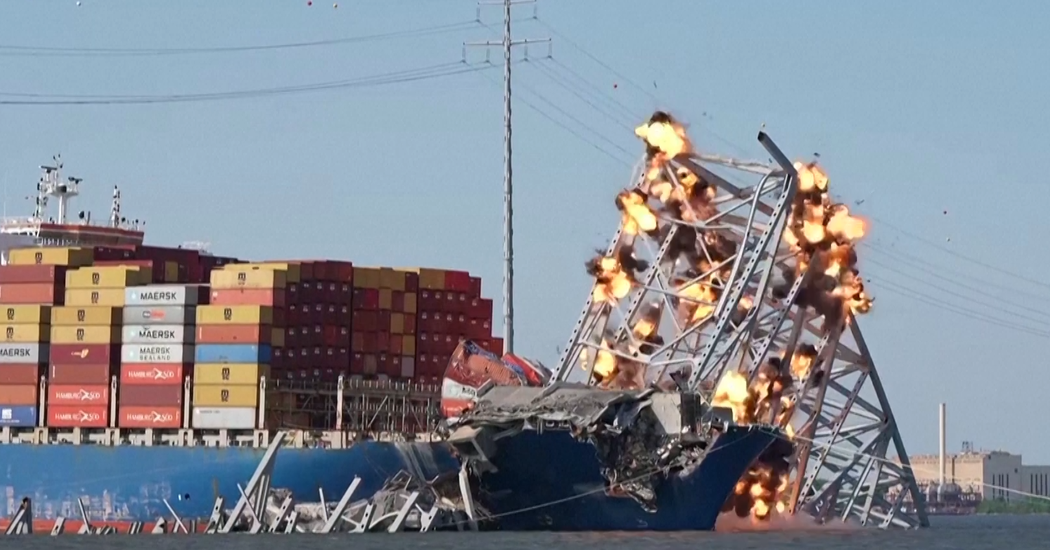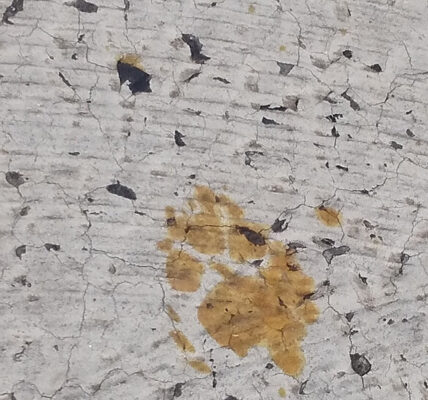In the hours before a wayward cargo ship lost electrical power and knocked down Baltimore’s Francis Scott Key Bridge, killing six people, the vessel suffered two blackouts while still in port, according to a preliminary report released Tuesday.
In a 24-page summary of findings so far, investigators with the National Transportation Safety Board said the Dali cargo vessel had experienced at least two electrical failures on the day before the accident, causing the crew to adjust the configuration of the electrical system about 10 hours before setting out.
The investigators said they were still examining what effect the earlier repairs may have had. But they said it was apparent that the trouble that led to the accident began when the vessel’s electrical breakers tripped, leading to a loss of propulsion and steering capacity.
Investigators recounted the crew’s desperate efforts to restore electrical power and halt the ship’s drift toward the bridge. They described how one of eight maintenance workers still on the bridge that night managed to sprint to safety moments before the bridge collapsed.
The 985-foot-long vessel departed the Port of Baltimore around 1 a.m. on March 26 and traveled along a heavily used shipping channel that would take it under the Francis Scott Key Bridge. But as it approached the bridge, the power went out on the vessel and alarms blared. The ship issued a mayday call.
As the authorities on the bridge rushed to close the bridge to traffic, the vessel drifted and ultimately crashed into one of the bridge’s supports, knocking most of the bridge into the water and killing six of the eight construction workers.
Investigators were able to collect the ship’s data and speak with crew members. The F.B.I. has also launched a criminal investigation into the crash.
The accident has spawned questions in the shipping industry about how to better protect against such a disaster at a time when cargo vessels have grown much larger. Transportation officials have been re-examining structural protection systems on bridges, which in some cases are missing or flawed, that are supposed to deflect wayward ships away from bridge piers.
The cargo ship’s wreckage remains in the water. On Monday evening, crews working to dislodge the Dali set off dozens of small explosives placed around a huge section of bridge that had been blanketing the bow of the ship since the night of the collapse. The operation appeared to send the section of bridge into the water in a giant plume of black smoke. When the wreckage on top of the Dali is cleared, the ship will be refloated and brought back to the port.
This is a developing story and will be updated.
Campbell Robertson contributed reporting.




